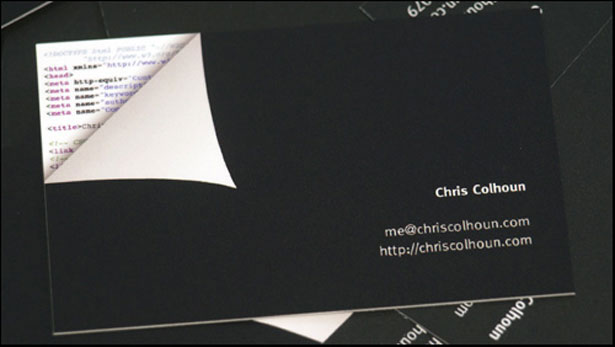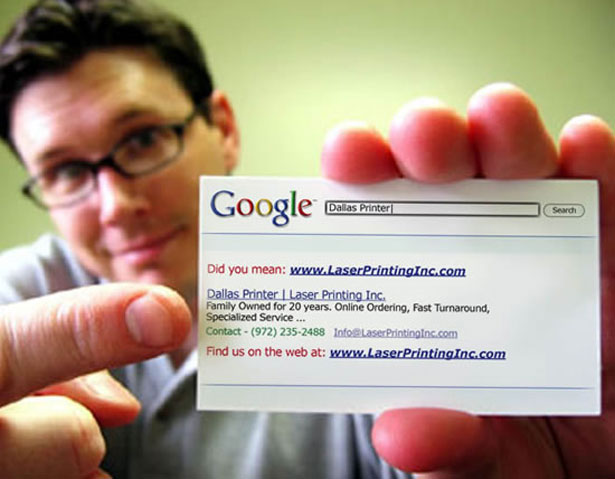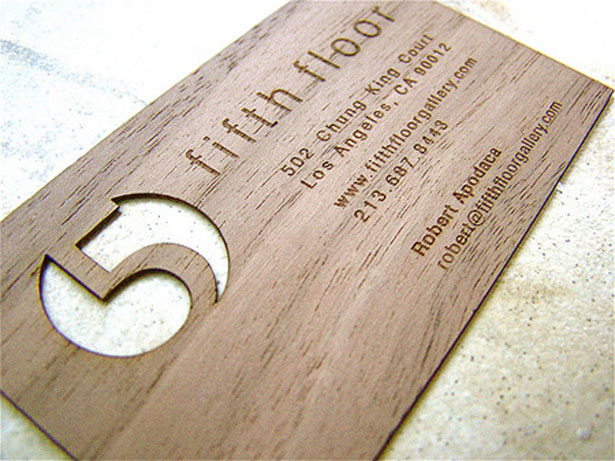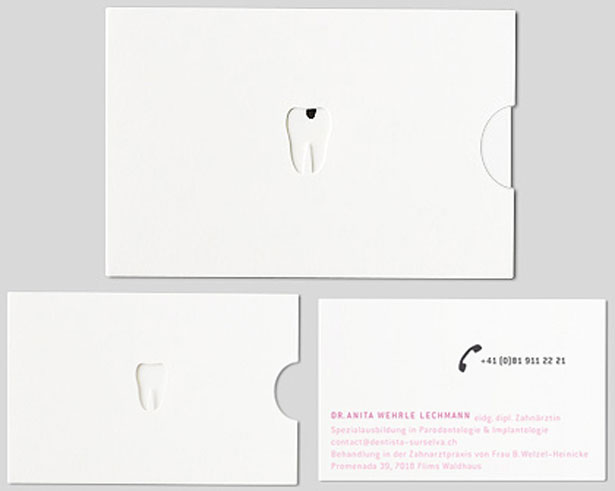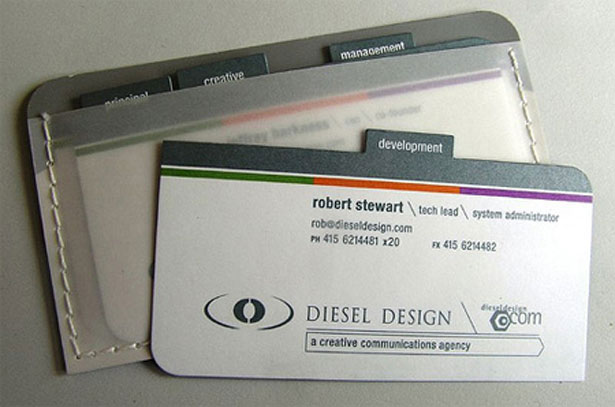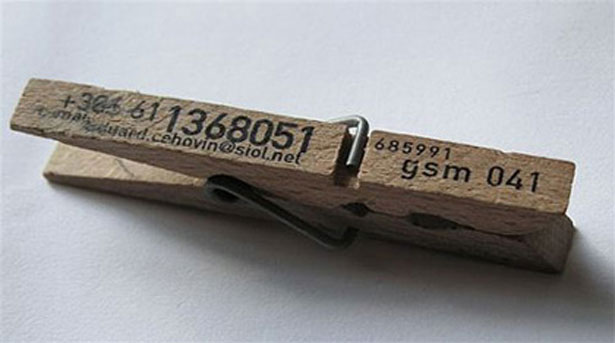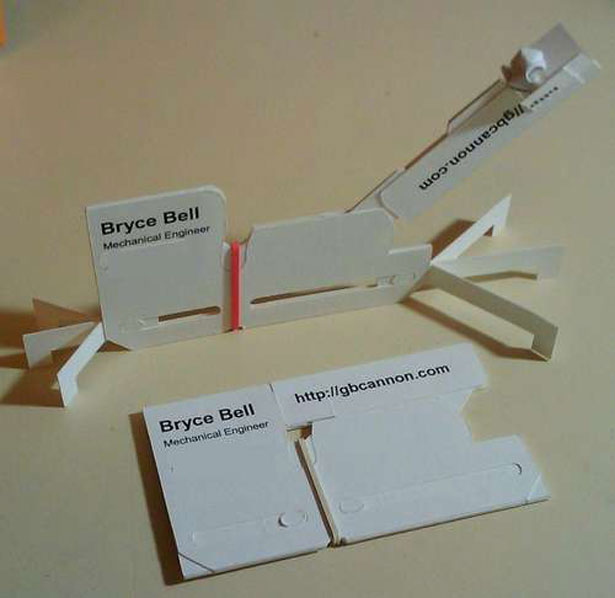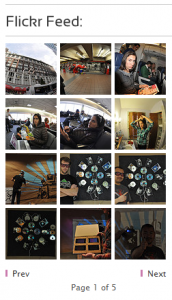We’re developing a creative brief for one of our clients, Nile Southern (son of the well known writer Terry Southern) and I though it would be helpful to display our process thus far in nailing down something tangible. First off we had a meeting with our client (Nile) to learn about his needs and goals for the project. We then did a “deep dive” into Terry’s work, watching movies, reading books and having literary type discussions. Once we felt we had a firm grasp on Terry’s work and life, we started coming up with key entry points into this story.
The project is transmedia, so there will be a lot of options for communicating with target audiences. Transmedia involves telling a story (could even be self perpetuating, dynamic and ever changing story) through various media channels. There are the standard ways of communicating a marketing message, like print, radio, TV and the internet…but there are more creative and engaging ways to get your message out too. I really like what Trent Resnor did with “dystopia” where he communicated messages through “clues” on everything from government conspiracy to an underground resistance. The whole thing was an integrated game played with NIN fans in order to communicate his ideas and thoughts about what he sees as our inevitable future.
Initially, I had come up with an entry point around some kind of satirical element whether it be a newspaper article or law written to amend our constitution. I respected Terry’s work with satire/hyperbole and wanted to do something along those lines. So I presented a case where we try to get a law passed to amend the constitution for “wallstreeters.” Terry often presented social discourse in his satire often commenting on the current struggles of our society. So I thought it would be interesting to present this entry point as a recently discovered “work” of Terry’s.
The idea was to get a law passed that would “re-classify” wallstreet bankers as “solitary states” thereby deposing these people from all rule of law and allowing them to take full advantage of their elevated positions in life. We would go so far as to take legal argument for the law and promote it as if we actually believed wallstreeters were entitled to this position. The idea stemmed from thought around what Terry might be saying about our society today. What would he have commented on? What would he have despised?
There were more popular presentations and the idea was not well received. So I went back to the drawing board. I read some more work and sketched out a few ideas. I tried to break this whole thing down to one fundamental guideline. What was Terry’s ultimate purpose in writing? It had to be something simple yet elegantly connective. It likely existed in most if not all, his work. Finally, last night I locked in on it.
Terry just wanted truth. He saw mainstream ideas as elaborate hoaxes. He noticed that highly produced works, like those on Broadway were only “representations” of true human emotion but were so commercialized they became sterile. He wrote in 1962 for Glamour about this exact phenomenon in an article entitled The Beautiful-Ugly Art of Lotte Lenya. He drew attention to the difference between a genuine emotion experience and a purely cerebral representation of an experience. He talked about Broadway shows being glamorous and “eventful” but not necessarily realistic. He was interested in how audience had genuine emotional reaction to something and used the Off-Broadway stage collage “Brecht on Brecht” as having the ability to provide that.
Audience actually reacts stronger to a situation that is “believable” and “ugly” than a dolled up and utopianistically contrived example of an emotion. He argued that if people can see the “real” or “truth” in something, they identify with it and have genuine emotional reactions to events surrounding these things. He called Broadway shows “stylized ideals” and thought of “ordinary” as “life in its bedrock essence.” This simple truth exists in many of his works. SGR (Stiff Gook Rimming) for example was an extraordinarily hyperbolic extraction of war…but is it so extra ordinary? Do snipers not tally the numbers of people they’ve killed? Southern simply takes one more step and refers to situations where soldiers take “tokens” of their enemy, much like scalping. There are other examples.
In the file Easy Rider Southern end’s the movie with nothing more than our main character and his companion being brutally murdered for apparently no more reason than a badly thought out joke. Isn’t that how many endings in “reality” happen? Go to the theatre today and try to watch a movie where the audience doesn’t have their way. Often times in life, the hero never emerges from chaos and simply succumbs. I find that more identifiable than a situation where John McClane ends up with a total body count of around 100 people in 8 hours. I find it interested that the top US Army sniper currently on active duty today has only 78 confirmed kills. I’ve seen more deaths than that watching any of the James Bond films.
Therefore, for the creative brief concerning Terry Southern, I propose a campaign around “calling out” the differences between reality and “stylized ideals.” Where could we add discourse around these differences? Maybe a poster in a subway seemingly hanging over the head of a street artist playing music for “tips” that reads “Hero.” Or maybe it’s more like the Dove campaign for “Real Beauty,” showing normal looking people as models to celebrate the ordinary.
How does this help to relaunch the career of Terry Southern? We could hopefully start a movement. Much like what Trent Reznor was doing by calling attention to our own inevitable future, we could call attention to the “true emotional experiences” we are missing by participating in pop culture.
I will bring this idea to the table today in the hope that it will be better received and could possible become the “bedrock” or our up and coming relaunch of Terry Southern’s Career campaign. Either way, I will be writing about the process of creating a brief next time.
